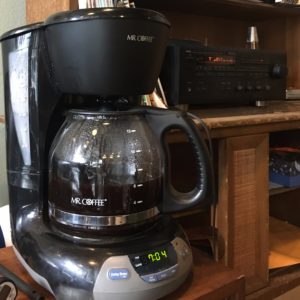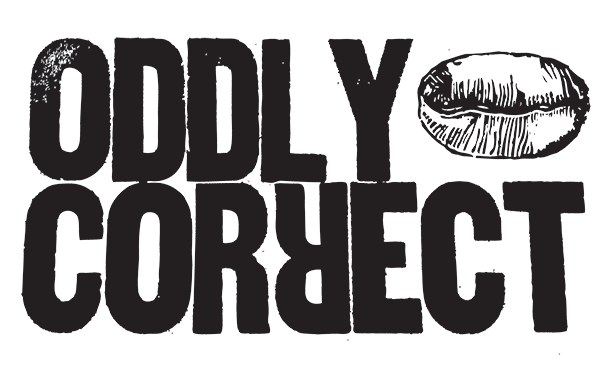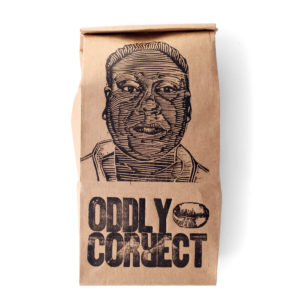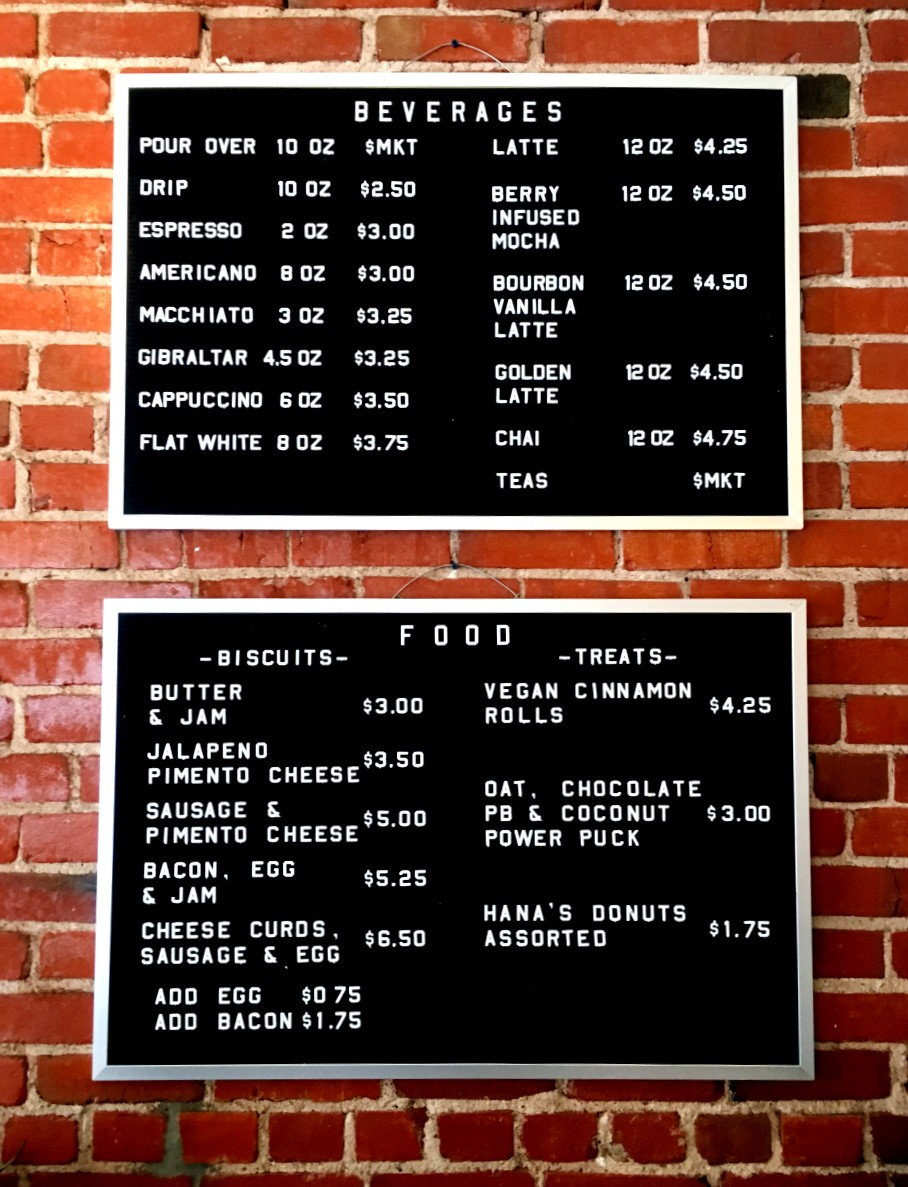Is your Mr. Coffee tasting more like Mr. Sludge?
It doesn’t have to be this way!
While we may be known for only offering coffee via pour-over -sans cream or sugar- at our Main Street shop here in KCMO, we know that everyone at home may not be in the same situation. In fact, in most homes in the US you’ll probably find one of these:
That’s right, the infamous Mr Coffee. Or maybe you dread going home to visit your parents or relatives and dealing with the swill that can come out of these things. Either way, chances are you wish the machine sitting on the kitchen counter made coffee that tastes more like what you’ve had in your favorite shop. Well, I’m here to help you get A LOT closer to that with a couple tips to make your auto-drip produce great tasting coffee!
Clean your machine!
first step to great-tasting coffee is getting all the old grime and nastiness out of that coffee maker. I recommend using Urnex Cleancaf and running it through your machine several times, followed by a few cycles with clean water. Once you get your machine sparkling inside and out, you can easily keep it that way by rinsing the basket immediately after each use.
Don’t make too much, and use enough coffee.
To get a great tasting brew, you should be shooting for a coffee to water ratio of roughly 1:15. Most auto-drip machines aren’t made to accommodate this at full volume (if you brewed a full 12 “cup” pot with enough grounds, they’d start spilling out over the basket right away!) so its best to only fill to about the 8 cup mark on a standard 12 cup machine. If you have a smaller or larger brewer, use 2/3 full as a rule of thumb.
The “cup” measurement on coffee makers is actually only 6 ounces. So for every cup, you’re going to need about 8.5 grams of coffee. In a standard 12 cup Mr Coffee, I used 70 grams of medium-coarse ground coffee to get a great tasting brew.
Preheat your water
To extract all the best flavors from coffee, water needs to be between 195 and 205 degrees Fahrenheit. One of the major problems with home auto-drip machines is that they only get water up to about 180 degrees or so, then heat the coffee AFTER it has been brewed on a hot plate. The solution: run a cycle with just water first, then use THAT water to brew your coffee. This gets the water up to 200 degrees… perfect for extracting everything you love out of the amazing coffee you put in there.

You can even set this up before-hand if your brewer has a timer… fill the reservoir to just above the 8 cup mark, throw a filter in the basket and set the time for when you’ll wake up. The hot water will be sitting in the carafe, ready to go for your morning brew.
“Bloom” the coffee
Assuming you’re getting your coffee from a reputable roaster like us or any of our roaster friends across the country, your coffee should be pretty fresh when you get it (we ship our coffee within 48 hours of roasting). This means that there is still going to be carbon dioxide trapped within the coffee that needs to get out before you can pull all the flavor out. With a pour-over, we “bloom” the coffee by pouring a small amount of water over the surface of the grounds to kick-start the off-gassing reaction. You can mimic this by simply turning your coffee maker on briefly until the surface of the grounds are saturated…

The coffee will puff up as CO2 is released. Turn the brewer off, wait about 20 seconds, and turn it back on to begin your brew. Letting that gas get out of the way will help that fresh coffee get all of its delicious flavors into the cup.
Don’t let it sit.
Most home coffee makers have a hot plate where a glass carafe sits and stays hot as long as you leave it there. While it may be nice to have hot coffee available all morning/day, keeping coffee heated over a long period of time will break down pleasant-tasting acidity into bitter and acrid flavors. Your taste buds will thank you for just making enough to drink right now, or keeping extra in a thermal carafe or thermos until you drink it.
and last but certainly not least…
Use great coffee!
Of course if you put stale, poorly-roasted low-quality coffee into your brewer you’re not going to get something amazing out of it! Find yourself some fresh, high quality coffee from a source you can trust like Oddly Correct. If you start with great ingredients and find a process that works using the tips above, you’ll be pleased with the outcome for sure! If you need a great coffee to try out these tips, I’d recommend our latest offering from Costa Rica, Sabana Redonda Honey Process…
It is intensely sweet, with notes of raspberry, lemon, brown sugar, red grape and kiwi.
Take these tips to heart, and I promise you’ll be experiencing more from your morning cup! As always, if you have additional questions or need guidance for your brewer, email me anytime and I’ll be happy to help!
Cheers,
Mike Schroeder, Roaster
Oddly Correct
[email protected]
Pssst! …Want a free bag of coffee? Post a picture of your current coffee setup and tag @oddly on Instagram. We’ll pick a random submission





